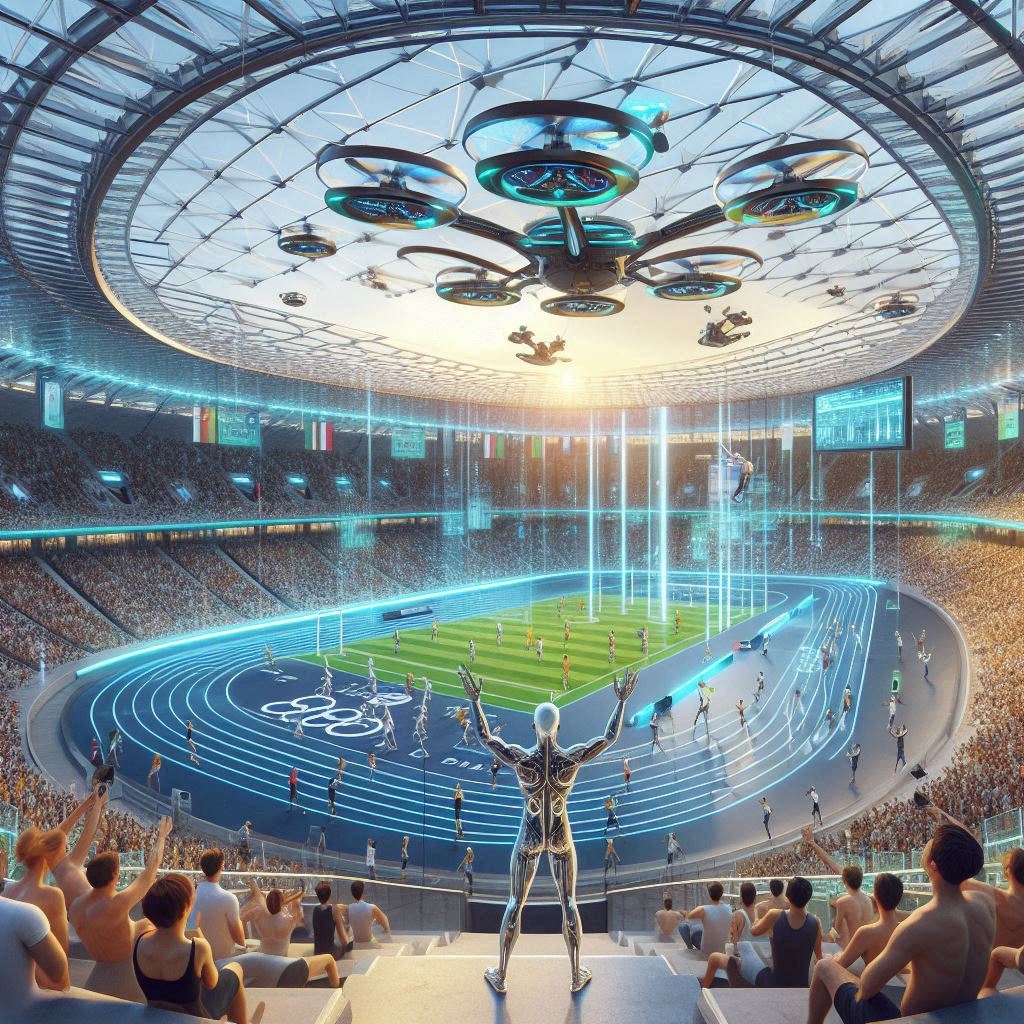REST and gRPC are both popular choices for building APIs, but they have different strengths and weaknesses. Here’s a comparison to help you choose the right one for your needs:
Architecture:
- REST: Follows the Representational State Transfer principles, making APIs resource-oriented with standardized verbs like GET, POST, PUT, and DELETE.
- gRPC: Utilizes a Remote Procedure Call (RPC) model, focusing on function calls rather than resources.
Data format:
- REST: Primarily uses JSON and occasionally XML for data exchange, offering easy integration with browsers and various tools.
- gRPC: Employs Protocol Buffers, a binary format enabling smaller payload sizes and faster serialization/deserialization.
Communication:
- REST: Primarily supports request-response interactions, though variations like WebSockets enable limited streaming.
- gRPC: Offers full duplex streaming, allowing continuous data exchange in both directions.
Performance:
- REST: Performance can be good for simple APIs, but larger payloads and JSON parsing can become bottlenecks.
- gRPC: Generally faster due to smaller, binary data and efficient serialization.
Other factors:
- Learning curve: REST is easier to learn and work with due to its familiarity and broader tooling support.
- Language support: Both offer diverse language support, with gRPC potentially requiring specialized libraries for some languages.
- Flexibility: REST is more flexible and adaptable to changing requirements, while gRPC requires stricter contracts and upfront API definition.
Use cases:
- REST: Ideal for public-facing APIs, browser integration, and interacting with diverse languages and platforms.
- gRPC: Excellent for internal APIs, microservices communication, high-performance needs, and real-time applications.
The simple explanation is like thisr
Imagine two restaurants: RESTaurant and gRPCafe.
RESTaurant:
- You order from a menu (list of API endpoints).
- Each dish (data) comes on a separate plate (individual request-response).
- You can only order one dish at a time.
- The waitstaff (server) can’t bring you more food until you ask again.
- Everyone can eat there (easy integration with different tools and platforms).
gRPCafe:
- You tell the barista (server) exactly what you want (function call).
- You get your drink (data) directly in your cup (full duplex streaming).
- You can keep talking to the barista and get refills instantly.
- It’s a bit more exclusive (requires specific code), but the drinks are served much faster.
So, which one is better?
- RESTaurant: Good for casual dining, sharing your meal with others (public APIs), and trying new things (flexible for changing needs).
- gRPCafe: Perfect for a quick coffee break, getting exactly what you need (high performance), and keeping the conversation flowing (real-time communication).
Discover more from Susiloharjo
Subscribe to get the latest posts sent to your email.





